

The National Biodiversity Future Center – NBFC, coordinated by the CNR, is one of the five National Research Centers established in 2022 in the frame of “From research to business” component of the “Education and Research” Mission of the National Recovery and Resilience Plan (PNRR).
NBFC Information
Biodiversity, the diversity of life on Earth, delivers essential contributions to human life: crop pollination, climate regulation, water and air filtration, soil formation and disaster risk mitigation.
However, biodiversity is declining increasingly rapidly, mainly due to human-induced pressure. According to the latest global assessment of the state of nature, human activity, responsible for significant alteration of 75% of the land and 66% of the marine environment, is expected to drive more than one million plant and animal species to extinction, many within decades, unless broad policy action is taken to stem the drivers of this deterioration. “Expected future climate change related temperature increases may threaten one in six species at global level” (European Parliament, Preparing the post-2020 biodiversity framework).
The loss of biodiversity is now a realistic primary concern in Italy and the whole Mediterranean regional area. It is striking evidence that in Italy 50% of the vertebrate species, 20% of the mammalians, 25% of birds, 64% of amphibian, are considered at extinction risk, together with 15% of the local plant species and 40% water plant species (From the last Report of the Natural Capital expert group [www.greengrowthknowledge.org]).
Italy has a key position in the Mediterranean region, is a hotspot of marine and terrestrial biodiversity and can support and guide other countries towards a common strategy.
The Italian Parliament has recently (February 2022) approved two articles of its Constitution Chart (9 and 41) in order to introduce the central role of biodiversity as a constitutional value that deserves specific protection for public interest. This results in a call for action for the scientific community in order to develop knowledge and enable technologies to address the challenge and respect the fundamental Constitutional change.
The Vision of NBFC is to promote the sustainable management of Italian biodiversity in order to improve the planet’s health and return beneficial effects, essential for all people. This complies with the EU Biodiversity 2050 vision ‘Living in harmony with nature’.
The general Mission of the NBFC is to create an extended national network of universities, research centers, associations, and other private and societal stakeholders to take effective and immediate actions to halt the loss of biodiversity and the impairment of its delivered ecosystem services while enhancing a sustainable use of biodiversity-derived resources and new job opportunities. As a main legacy of the NBFC, a Biodiversity Scientific Gateway will be established which will act as a National Centre to drive the development of biodiversity related KETs (including ICT) to enhance research fostering the science-to-policy processes in biodiversity preservation. In concrete terms, the NBFC aims at addressing interdisciplinary and frontier research and innovation activities devoted to the monitoring, conservation, restoration and valorization of Italian biodiversity.
The multidisciplinary research team, the use of available KETs and the development of digital platforms to store the information will permit the NBFC to:
- provide an educational and training space to support the creation of a new generation of scientists working on biodiversity-related issues;
- provide documentation and guidelines for management strategies and political decisions;
- stimulate the private sector to develop new tools for data analysis, new instruments for biodiversity monitoring and conservation, strategies for investigation and valorization of new bioactive molecules of interest for human health and wellbeing, cosmetics, and materials, data and tools for the economic activities closely related to biodiversity.
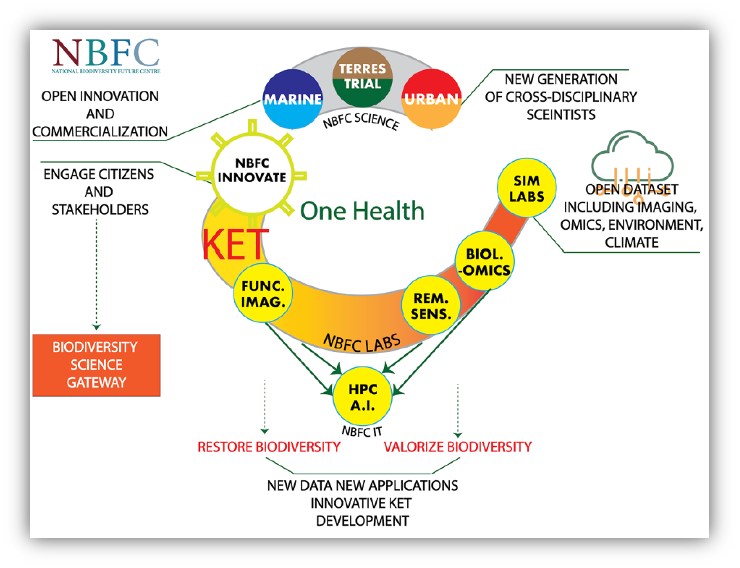 The NBFC includes 50 academic and industrial partners: in a unique cross-disciplinary approach, biologists, biotechnologists, bioinformatics, artificial intelligence experts, medical doctors, physicists, mathematicians, geologists, engineers, sociologists, jurists and economists, will study issues related to biodiversity in marine, terrestrial and urban environments.
The NBFC includes 50 academic and industrial partners: in a unique cross-disciplinary approach, biologists, biotechnologists, bioinformatics, artificial intelligence experts, medical doctors, physicists, mathematicians, geologists, engineers, sociologists, jurists and economists, will study issues related to biodiversity in marine, terrestrial and urban environments.
Consiglio Nazionale delle Ricerche (CNR) – Project Leader
Istituto Nazionale di Oceanografia e di Geofisica Sperimentale
Stazione Zoologica Anton Dohrn
Politecnico di Milano
Università degli Studi del Molise
Università degli Studi della Tuscia
Università degli Studi di Firenze
Università degli Studi di Milano-Bicocca
Università degli Studi di Modena e Reggio Emilia
Università degli Studi di Napoli Federico II
Università degli Studi di Palermo
Università degli Studi di Pavia
Università degli Studi di Roma La Sapienza
Università degli Studi di Sassari
Università degli Studi di Salerno
Università degli Studi di Siena
Università degli Studi di Udine
Università degli Studi di Verona
Università degli Studi Roma Tre
Università del Salento
Università di Bologna
Università di Genova
Università di Padova
Università Politecnica delle Marche
Università di Torino
CINECA
Aboca SPA Società Agricola
CMCC – Centro euro-Mediterraneo sui Cambiamenti Climatici
CORILA
CREA Consiglio per la ricerca in agricoltura e l’analisi dell’economia agraria
Dompé farmaceutici
ENEA
ENEL
ERSAF – Ente di Ricerca Scientifica ed Alta Formazione
Fondazione CIMA – Centro Internazionale in Monitoraggio Ambientale
Fondazione Edmund Mach di San Michele all’Adige
Fondazione IMC Centro Marino Internazionale ONLUS
Fondazione Ri.med
FS Sistemi Urbani
Humanitas University
Infrastrutture SpA
Innomed srl
Istituto Italiano di Tecnologia
Istituto Superiore per la Protezione e la Ricerca Ambientale
Novamont SpA
Università Campus Bio-Medico di Roma
Scuola Superiore di Studi Universitari e di Perfezionamento Sant’Anna
Università Cattolica del Sacro Cuore
INFN
ENI
The NBFC is organized according to the ‘Hub & Spokes’ model:
- HUB – Overall management of the research program (Coordinator: National Biodiversity Future Centre società consortile a responsabilità limitata, NBFC s.c.a.r.l.)
- SPOKE 1 – Mapping and monitoring actions to preserve marine ecosystem biodiversity and functioning (Coordinator: University of Palermo).
- SPOKE 2 – Solutions to reverse marine biodiversity loss and manage marine resources sustainably (Coordinator: CNR).
- SPOKE 3 – Assessing and monitoring terrestrial and freshwater biodiversity and its evolution: from taxonomy to genomics and citizen science (Coordinator University of Siena).
- SPOKE 4 – Ecosystem functions, services and solutions (Coordinator: CNR).
- SPOKE 5 – Urban biodiversity (Coordinator: University of Milano Bicocca).
- SPOKE 6 – Biodiversity and human wellbeing (Coordinator: CNR).
- SPOKE 7 – Biodiversity and society: communication, education and social impact (Coordinator: University of Padova).
- SPOKE 8 – Biodiversity Open Innovation & Development of KETs (Coordinator: CNR).
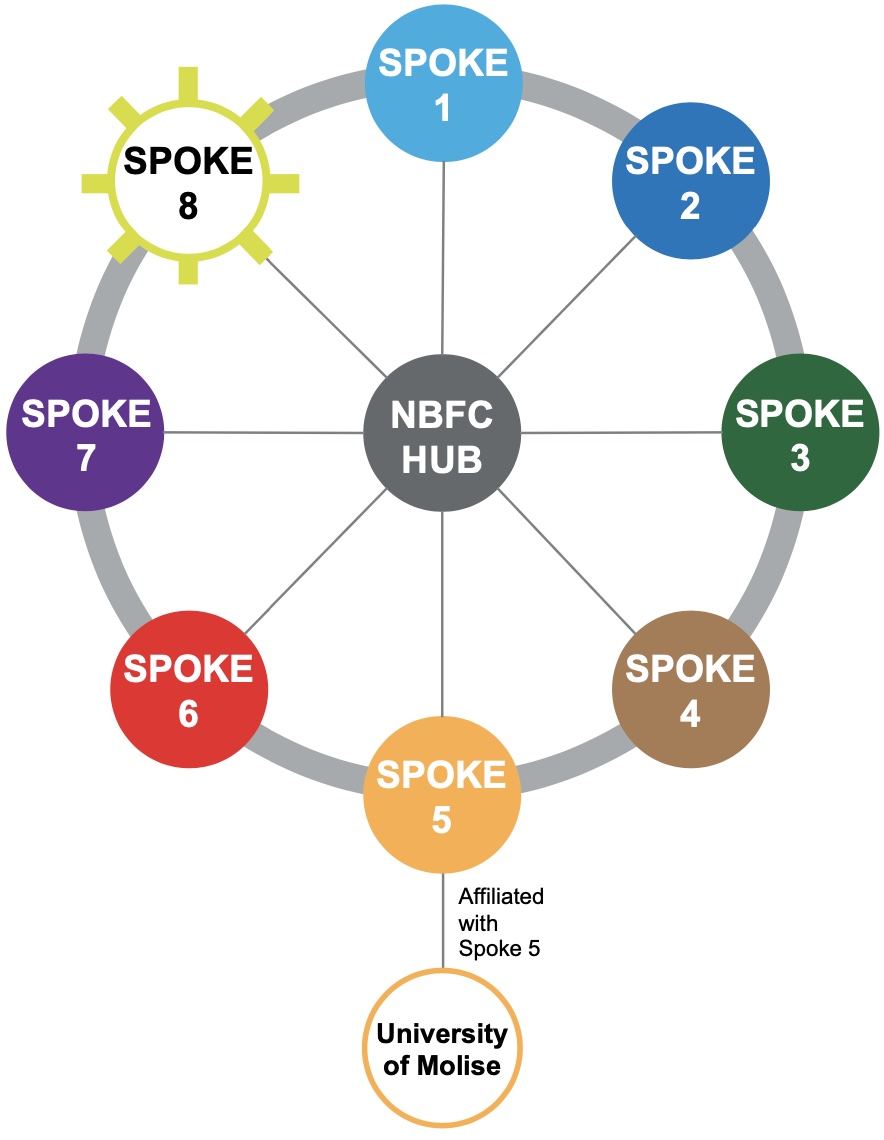
University of Molise is involved in Spoke 5 Urban Biodiversity, articulated in seven activities, and Campobasso has been chosen among other Italian cities as target area.
- Activity 1 – Biodiversity and ecology aspects of urban forestry. The principal aim of this activity is to analyze the resource compartment of urban biodiversity, with specific regards to the primary producers used in urban forestry and Nature Based Solutions (NBS).
- Activity 2 – Urban soil biodiversity. The principal aim of this activity will be the characterization of urban soil categories to define the most suitable restoration strategies and support efficient forestation strategies. This will be achieved by investigating: i) the biodiversity and functions of the urban soil-associated microbiota and invertebrates and its changes in response to different structural, environmental, human and vegetational conditions/stressors; ii) study of the rhizosphere, to modulate and exploit plant-microbial interactions for optimizing the growth and persistence of urban NBS and other green infrastructures.
- Activity 3 – Urban forestry – an integrative and sustainable design. This activity aims at promoting urban biodiversity and climate actions, taking into account social inclusion, stakeholder engagement and shared governance approaches and ecological modeling (statistical and complex models).
- Activity 4 – Impact of urban forestry on supporting and regulating ecosystem services (environmental level). The main objective is the creation of an integrative knowledge, analytical and modelistic baseline to design permanent green infrastructures (e.g. NBS) to support ecosystem services and to mitigate climate and pollution atmospheric stressors in urban contexts.
- Activity 5 – Impact of urban forestry on supporting and regulating ecosystem services (biological level). The aim is the assessment of the effects of different NBS and urban biodiversity management strategies on plant and animal functional diversity and of its mediated ecosystem services (i.e., pollination, seed dispersal and pest control).
- Activity 6 – Environmental and ecological restoration. This activity aims at finding and operating processes and strategies to increase the urban biodiversity and ecosystem services in critical areas such as polluted, abandoned or highly disturbed sites.
- Activity 7 – Management of the interventions. This activity capitalizes on the results of the other activities and aims at providing innovative models and tools, for the management of urban biodiversity.
Open Day – 13.05.2023
Unimol NBFC research group
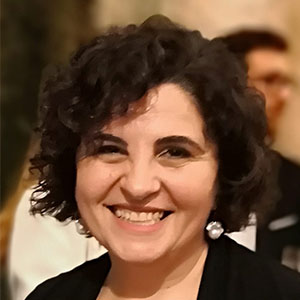
Gabriella Stefania Scippa
Unimol Coordinator
Botanist
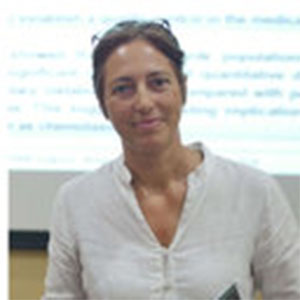
Paola Fortini
Plant Taxonomy
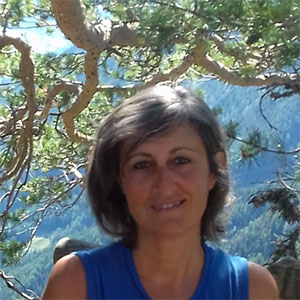
Angela Stanisci
Applied botanist

Piera Di Marzio
Applied botanist

Dalila Trupiano
Botanist
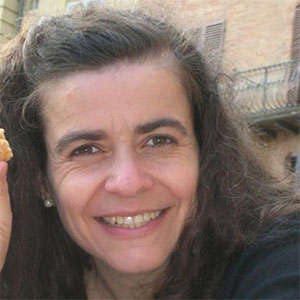
Maria Laura Carranza
Ecologist
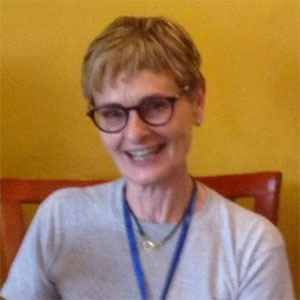
Anna Loy
Zoologist
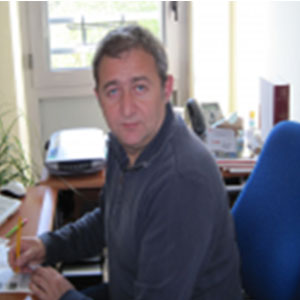
Gino Naclerio
Microbiologist

Antonio Bucci
Microbiologist
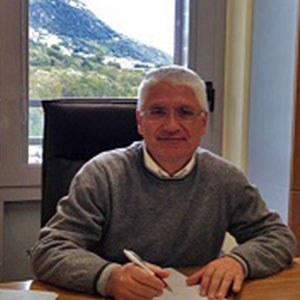
Vincenzo De Felice
Chemist

Marco Marchetti
Forest planning
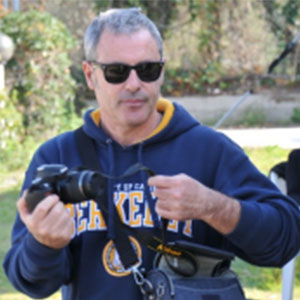
Roberto Tognetti
Forest ecology and management
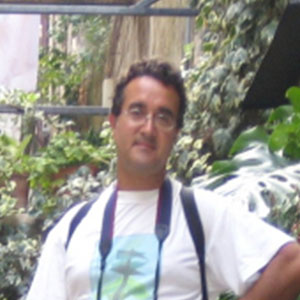
Vittorio Garfì
Forest planning
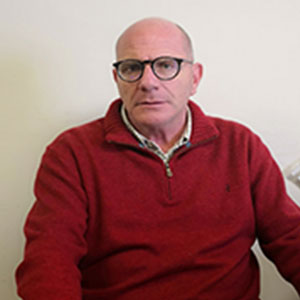
Paolo Di Martino
Forest planning
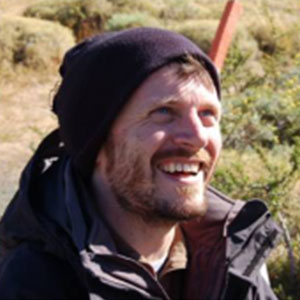
Bruno Lasserre
Wood Technologist
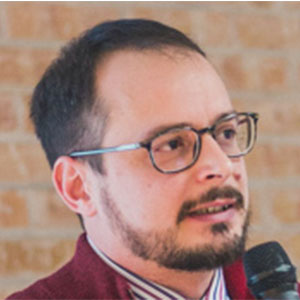
Rocco Oliveto
Computer scientist
Hired by the project

Maria Carla De Francesco
Researcher Applied Botanist

Gabriella Sferra
Researcher Botanist/Bioinformatics
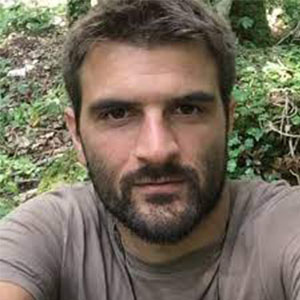
Francesco Parisi
Researcher Forest Planning

Pamela Monaco
Technologist

Apollonia Baldoni
Post-doc Microbiologist

Daniele Fantozzi
Ph.D. Student Botanist/Bioinformatics
